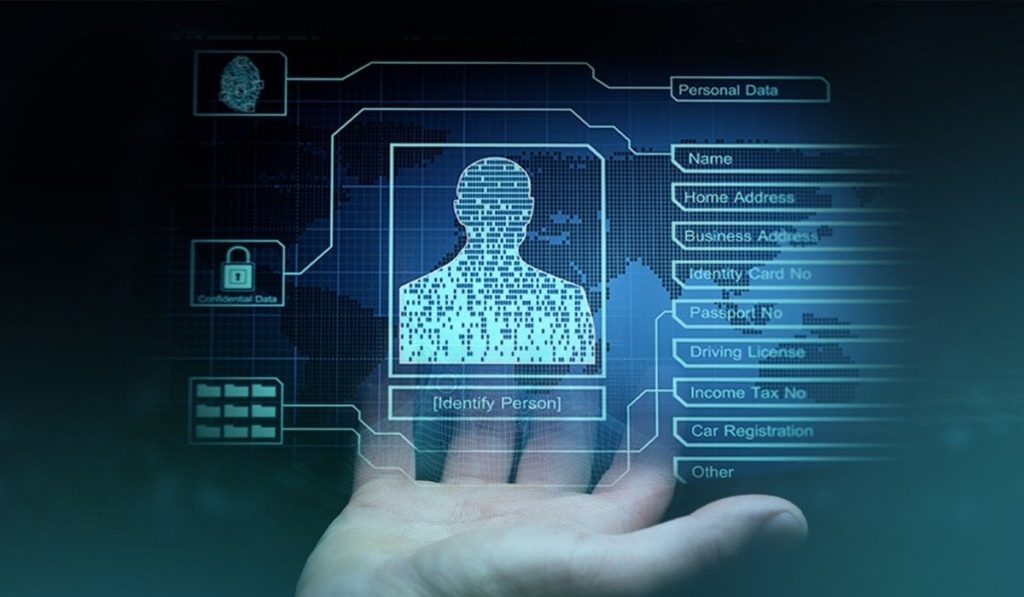As global travel becomes increasingly prevalent, so does the necessity for travelers to safeguard their online activities, especially when connected to public Wi-Fi networks at airports. Public Wi-Fi, while convenient, poses significant security risks due to its susceptibility to cyber threats like hacking and data theft. To mitigate these risks, using a VPN has become essential for travelers worldwide. Public Wi-Fi networks at airports are typically unsecured, meaning anyone with basic hacking skills can intercept data transmitted over these networks. This vulnerability opens the door to various cyber threats, including:
Packet Sniffing – Hackers can intercept unencrypted data packets, capturing sensitive information such as login credentials, credit card details, and personal communications.
Malware Attacks – Cybercriminals may deploy malware through fake Wi-Fi hotspots or compromised networks, potentially compromising devices and stealing data stored on them.
Man-in-the-Middle Attacks – Attackers can intercept communications between a user and a website, posing as a legitimate entity to steal information exchanged during the session.
The Role of a VPN
A VPN encrypts your internet connection, creating a secure tunnel between your device and a remote server operated by the VPN service provider. This encryption prevents unauthorized parties from viewing or accessing your data, even if they manage to intercept it. Key benefits of using a VPN while traveling include:
Enhanced Security – Encrypting your internet traffic protects sensitive information from prying eyes, significantly reducing the risk of identity theft and financial fraud.
Privacy Protection – VPNs mask your IP address, making it difficult for websites and advertisers to track your online activities and location. This anonymity enhances privacy, especially when accessing sensitive websites or services.
Access to Restricted Content – The best vpn for cn allow travelers to bypass geo-restrictions and access region-locked content such as streaming services, social media platforms, and news websites that may be unavailable in certain countries.
Choosing the Right VPN
When selecting a VPN for travel, consider the following factors:
Security Protocols – Opt for VPNs that offer robust encryption standards like AES-256 and secure protocols.
Server Locations – Choose a VPN provider with servers in multiple countries to ensure reliable access and better performance wherever you travel.
Logging Policy – Select VPN services that have a strict no-logs policy, ensuring they do not store your internet activity or connection logs.
User-Friendly Interface – Look for VPN apps that are easy to install and use across different devices, including smartphones, tablets, and laptops.
The use of a VPN while traveling, especially through airports and other public Wi-Fi hotspots, is crucial for protecting your online activities and personal information. By encrypting your internet connection and masking your IP address, VPNs provide a robust layer of security against cyber threats and enhance your privacy online. Whether you are a frequent flyer or an occasional traveler, investing in a reputable VPN service ensures peace of mind and safe browsing experiences wherever your journeys take you. As the travel landscape continues to evolve, so too must our approach to cybersecurity. By adopting proactive measures like using a VPN, travelers can enjoy the convenience of staying connected while minimizing the inherent risks associated with public Wi-Fi networks. Stay secure, stay protected travel smart with a VPN.







